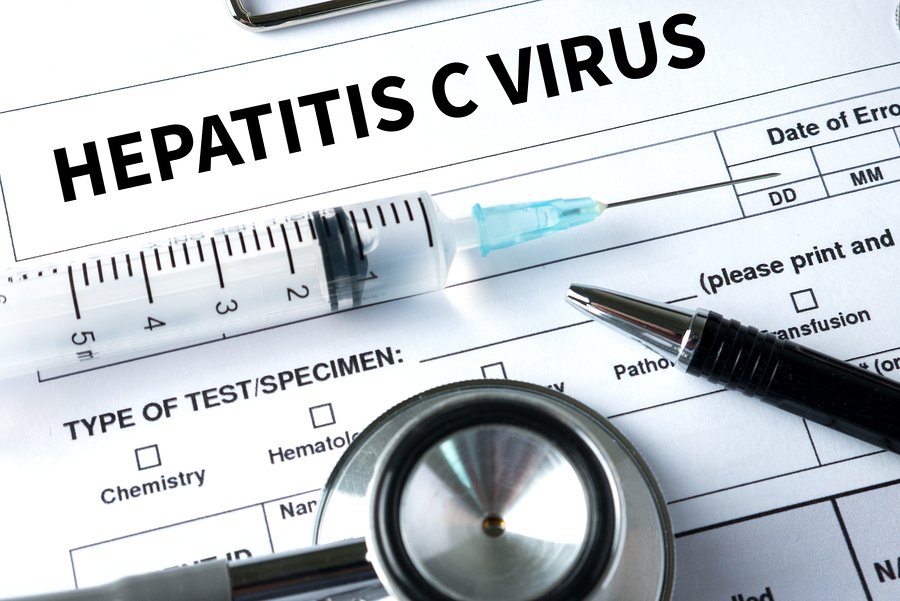Sporting injuries or those caused during physical activity and exercise are among the most common in the US, particularly among the nation's children. Figures from the National SAFE KIDS Campaign and American Academy of Pediatrics suggest around 3.5 million sporting injuries are suffered by kids under 14 years of age each year. However, many adults are also forced to visit their physician or the emergency room following injuries sustained while participating in sports or exercise. The severity and nature of sports-related activities varies significantly, so it is important to understand when a visit to a healthcare professional is necessary and what treatment options are available over-the-counter or at home.
Our list below covers five of the most common injuries sustained during sport and exercise. We have included some of the treatment options available, and advice on when to seek expert medical treatment. However, if in doubt, or if symptoms persist, patients should always consult with a physician about their treatment and medication options.
Sprained Ankle
Sprains are among the most common injuries sustained while participating in sports. They are injuries to the ligaments that occur when they are stretched beyond their limit, which is why they are often referred to as pulled muscles. Ankle sprains are among the most common sprains and typically occur when a sportsperson's foot turns, stretching the outside ligaments of the ankle.
Ankle sprains do not always require the attention of a physician, although doctors and physiotherapists will be able to advise what level of exercise and activity may be undertaken during recovery. Over-the-counter medication such as Advil (ibuprofen) may be used to reduce pain and swelling. When in doubt, or if the pain is severe, it is advisable to visit a healthcare professional.
Tennis Elbow
Tennis elbow, also called epicondylitis, is caused by repetitive activity and is commonly experienced by athletes who regularly play sports such as tennis (of course!) and golf. It is caused by small tears in the tendons of the affected area and is often treatable with rest, ice packs and NSAIDs such as Naproxen.
Hamstring Strain
The hamstring is formed of three muscles in the back of the thigh and it is an area often strained by runners and other athletes whose chosen activity holds the potential for over-stretching these muscles. It is often slow to heal, so patience is important.
Overworking the injured area during the recovery period can exacerbate the strain, cause flare ups and worsen an existing injury. If you are struggling with regular hamstring issues, consult with a physician or physiotherapist.
Anterior cruciate ligament (ACL) Tears
Tears to the anterior cruciate ligament should always be seen by a doctor. The ACL is the ligament holding the leg bone to the knee and it can tear when there is impact to the side of the knee or when there is a sudden jolt or stop. Patients often hear a popping sound when the ligament tears. Treatment usually involves surgery and it can take some time to recover.
Shin Splints
Shin splints are characterized by pain experienced in the lower part of the leg and is particularly common among runners. People who train for long distances, or on hard surfaces such as paved roads, are often more susceptible to the condition. Shin splints can be treated with rest, ice, and over-the-counter pain medication, such as Tylenol (paracetamol) or Advil. However, there always a possibility the pain could be caused by a small stress fracture rather than shin splints, so if the symptoms persist it is advisable to consult with a physician.
Stress fractures take longer to recover from than shin splints, typically a month or more. Patients should not exercise while recovering from shin splints or stress fractures in case they hamper their recovery or cause further injury.
Prevention
Simple steps can help minimize the chances of injuries occurring, such as using proper equipment and safety gear and learning the correct technique. During any exercise, it is important to follow a suitable warm up and cool down routine to reduce the chance of injury and strains. Pushing too hard after a period without exercise increases the chance of injury, so if you haven't exercised or taken part in an activity for some time, take it slow at first!
If you do start to experience pain while exercising, make sure you stop immediately and rest the injured area. If symptoms persist or the pain worsens, consult with a doctor or physiotherapist for further treatment options and advice.








